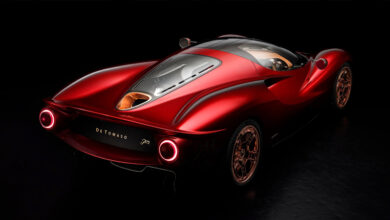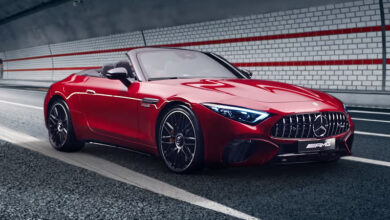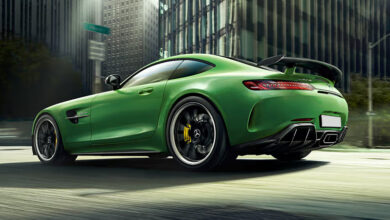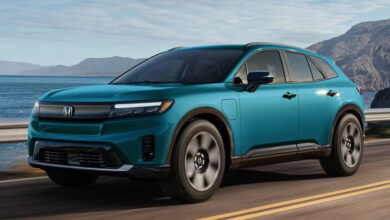Hyundai’s ambitious new Hydrogen Concept EV provides a peek of its future, but the technology still has a long way to go
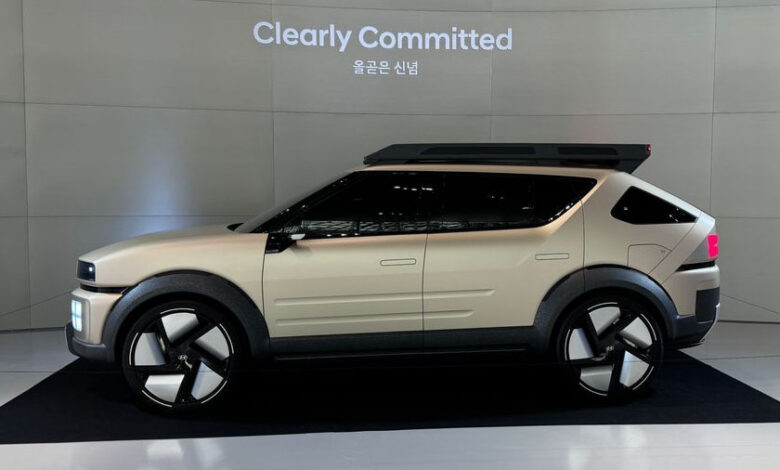
- Initium idea demonstrates a new design trend for fuel cell vehicles.
- Production is anticipated to start next year.
- The SUV shape is a ploy to demonstrate hydrogen’s durability and safety for regular use.
Hyundai has unveiled its latest hydrogen fuel cell concept, which incorporates all-new fuel cell electric vehicle (FCEV) technology for increased range, performance, and durability.
The Initial concept, which is set to replace Hyundai’s long-serving but slow-selling FCEV, has a striking new design approach and cutting-edge technology.
Hyundai is one of the few automakers committed to using hydrogen as a fuel source for future passenger cars, buses, trucks, and construction equipment, despite a global push for all-electric vehicles.
The Initium concept is a robust SUV with a new ‘Art of Steel’ design language, which chief designer SangYup Lee describes as “solid and safe”. The ‘+’-inspired logo shown in the light signature and bumper appears to be a permanent feature of the company’s future FCEV passenger cars.
It takes most of its design cues from the retro-futuristic N Vision 74 concept car, which demonstrated the importance of hydrogen in high-performance electric vehicles. Initium is a continuation of this, albeit in a more consumer-friendly SUV package.
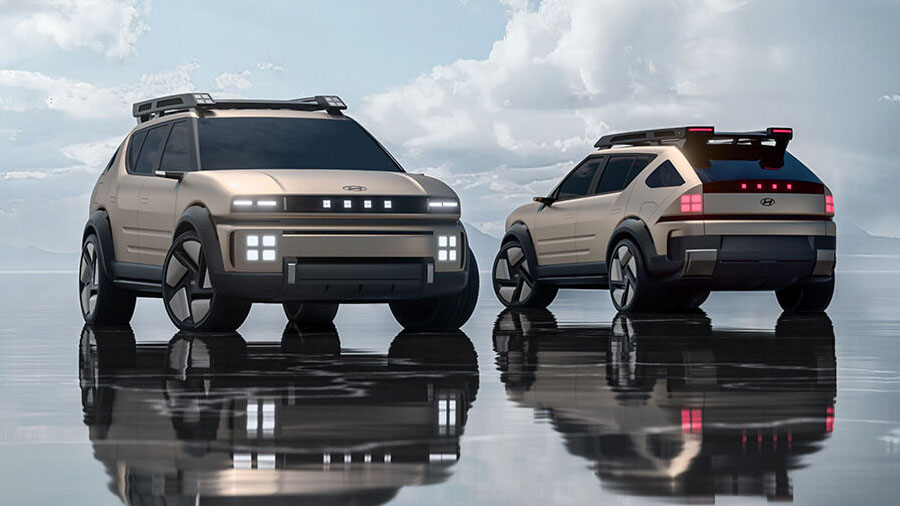
Massive 21-inch wheels are wrapped in low-rolling resistance tires and coated in custom aerodynamic covers, while a sturdy roof rack housing integrated front and rear lighting.
The rear part has a faint hint of Pontiac Aztek about it, but the LED lighting signature pushes things away from Walter White elegance. The four cubes at the front and back appear to be Morse code for the letter ‘H’, which represents both Hyundai and hydrogen.
Hyundai’s head of vehicle development, Jin Huang Jung, says 220V Vehicle-to-Load technology powers fuel cell stacks, which can power outdoor cookers and household appliances. Korean plugs fit the external socket, therefore no adaptor is needed.
Hyundai’s 27-year investment in hydrogen fuel cell research has resulted in the next generation of fuel cell stacks, which the company believes moves the game forward from the early units found in the marque’s ground-breaking Tucson IX35, which had a range of around 258 miles, and the Nexo of 2018, which increased that range to 414 miles in later versions.
200bhp—The next generation fuel cell vehicle, which will go into production next year, is aiming for a range of more than 400 miles, which is not quite the significant boost many expected. However, with higher hydrogen density in its tanks and an electric motor capable of producing 150kW – or approximately 200bhp – as compared to 120kW.
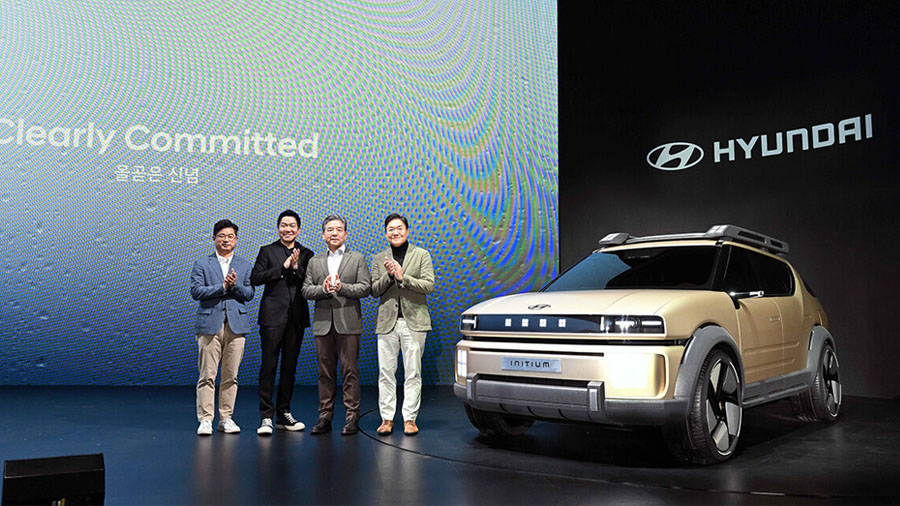
The time from 0 to 62 mph is now eight seconds, more than a second faster than Nexo.
More crucially, Hyundai claims that the system’s longevity has been significantly enhanced, lowering overall deterioration of the fuel cell stack and ensuring that it delivers the advertised range and performance throughout the vehicle’s lifespan.
Hyundai claims to have also developed an FCEV-specific route planner that, like those used to locate electric vehicle charging stations, can plot an optimal route from within the infotainment system, finding hydrogen charging stations along the way without the need for a separate app.
Head
Analysis: Hydrogen is far behind.
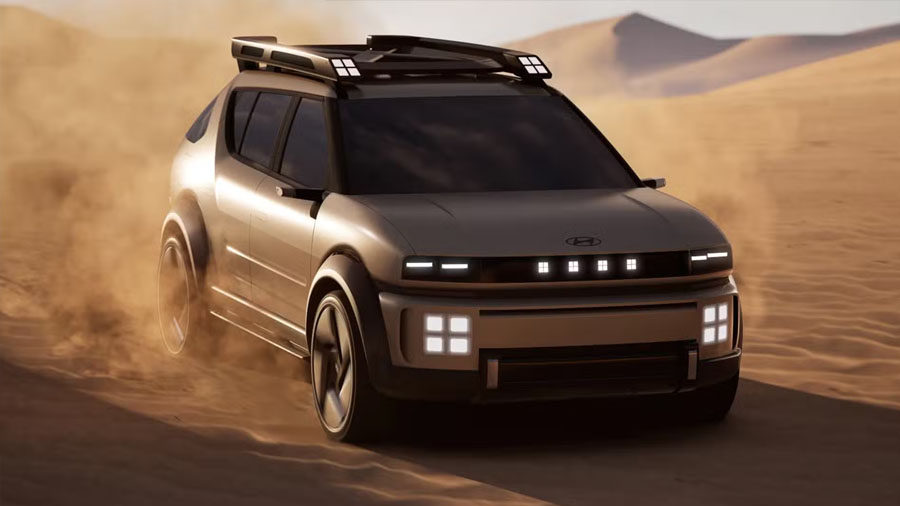
According to Hyundai experts, it costs approximately $23 million to establish a public hydrogen refueling station.
Despite this, South Korea wants to increase its public charging stations from 192 presently to well over 600 by 2030. This will allow it to service the 40,000 hydrogen-powered automobiles now on the road.
However, the number of filling stations in other significant markets is distressing to read. There are only 100 in North America, and 265 in Europe. In the United Kingdom, the number of hydrogen fuelling stations is decreasing rather than increasing.
Producing and delivering hydrogen is also a pricey business, making the overall process more expensive and complicated than merely recharging batteries. Even operating a hydrogen fuelling nozzle, which distributes the gas at a whopping 350bar pressure, necessitates heavy lifting and expertise of the procedure.
There are also significant concerns about sustainability, as a hydrogen fuel cell stack is complex and involves the utilization of raw earth minerals. When combined with the fact that they require a regular automotive battery pack to function, albeit a much smaller one than a typical EV, they provide a significant challenge in terms of recycling and end-of-life.
Hyundai’s chief of vehicle development, Jin Huang Jung, stated that the business was “developing strategies” to recycle portions of the fuel cell stack at the end of its life, but acknowledged that there were no programs to reuse them, as there are with most EV battery packs.
There are also other concerns surrounding the business of creating hydrogen, which, if not done using sustainable energy sources such as wind or solar, necessitates a significant quantity of CO2 emissions.
However, Hyundai’s HTWO vision goes beyond simply building hydrogen-powered vehicles; it aims to establish a circular economy in which hydrogen is produced from biomass and plastic trash, distributed via its fleet of hydrogen-powered trucks, and consumed by everything from trams to eVTOL craft.
The company already has a successful program in place at the port of Oakland, California, where 30 Class 8 Xcient fuel cell hydrogen-powered trucks are helping to reduce carbon emissions without compromising cargo capabilities or pausing operations with lengthy charging breaks.
Hyundai believes hydrogen is essential to the future energy mix, although the technology is still in its infancy in passenger cars despite being 27 years old.

